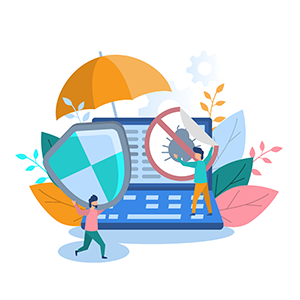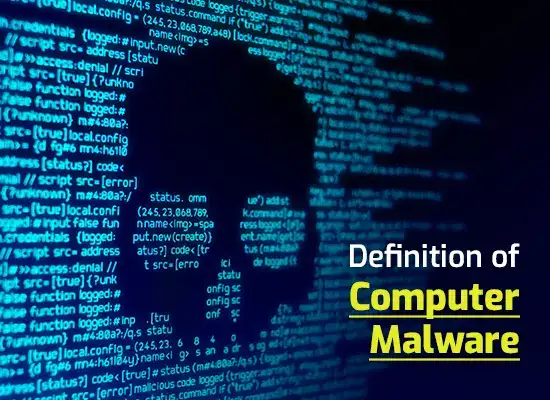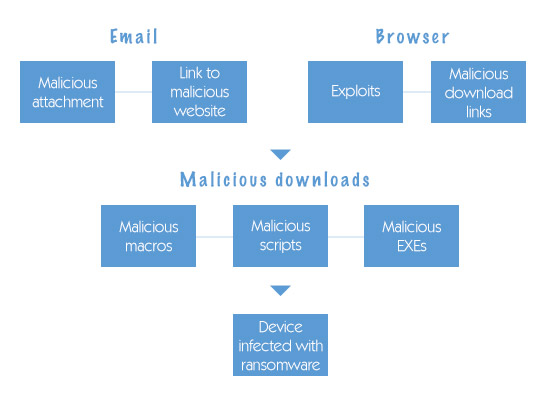How to choose the best approach to ransomware removal

The best way to deal with ransomware is to avoid getting it in the first place. If, however, it’s too late for that, then you need to deal with it as effectively as you can. With that in mind, here is a quick guide to the best approach to ransomware removal.
You need to remove the source of the infection as well as deal with the infected files
When you first realize that you are the victim of a ransomware attack, your first instinct may be to try to salvage your files. While this is understandable, you also need to remember to deal with the source of the infection, otherwise, you’re basically just setting yourself up for more trouble further down the line.
Your first step is to disconnect the device from the internet
At the very least, this should contain the infection. With some forms of malware, e.g. spyware, this can help to stop further damage (since the program can’t communicate with its controller), but sadly this is unlikely with ransomware.
Choose a reputable security program and give the infected host access to its site only
These days, installing a security program is almost certainly going to involve going online to make a download. If you’re using a program that works purely offline then, in principle, you could download it via another device, save it onto physical media and then transfer it to the infected host. If, however, you’re using a cloud-based product, then your device is going to need to connect to the internet for it to work.
While this may sound like a disadvantage of cloud-based products, in actual fact, a moot point. The simple fact of the matter is that these days the amount of resources needed to run an effective defense against malware means that relatively few devices could support them on their own.
Scan your host and remove any files the security program identifies as a threat.
Never try to second-guess a reputable anti-malware program, especially not when you know that you left yourself open to attack. If your program tells you to delete a file, just do it.
Dealing with the damage
The best way to deal with the damage of a ransomware attack is to restore your files from a backup. If, however, you do not have a backup, then you need to go online and look for a ransomware analyzer. This will look at the ransom note and the sample files which are usually sent along with it (to show the attacker is serious) and use this to give its best guess as to which form of ransomware was most likely to have been used. In some cases, it may have more than one guess.
Once you have this information, you can see if there is a decryption tool available for your files. Frankly, you will need some luck on your side for this to work, but since you have nothing to lose, you might as well try.
Take measures to stop another ransomware attack
The bad news is that even the best security precautions cannot guarantee that you will be totally protected against all forms of malware, all of the time. In fact, they cannot guarantee that you will be totally protected against all forms of ransomware all of the time. The good news is that it’s fairly easy to get very close. What’s more, if you also have a robust data backup process in place, then the impact of any malware attack should be minimized. This is particularly true of ransomware as its whole purpose is to stop you accessing your data.
Preventing further ransomware attacks
There are two key steps to preventing further ransomware attacks. The first is making sure that you have a robust security product which, at the very least, scans for malware on both websites and downloadable files (particularly email attachments) and has a firewall. The second is to make sure that all your operating systems and applications are promptly updated, at least if the updates are related to security. If you are struggling to manage this in-house then get an IT managed services vendor to take care of it for you.
Keep an off-site data backup as well as a local one
It may be tempting just to use a local data backup, especially if you’re working in the public cloud, but this leaves you very vulnerable to ransomware. The problem is that automatic backups will simply backup infected files, replacing healthy ones in the process. Having an off-site backup will guard against this and can also form the basis of a business-continuity/disaster-recovery solution.
Please click here now to start your free 30-day trial of Xcitium AEP.




